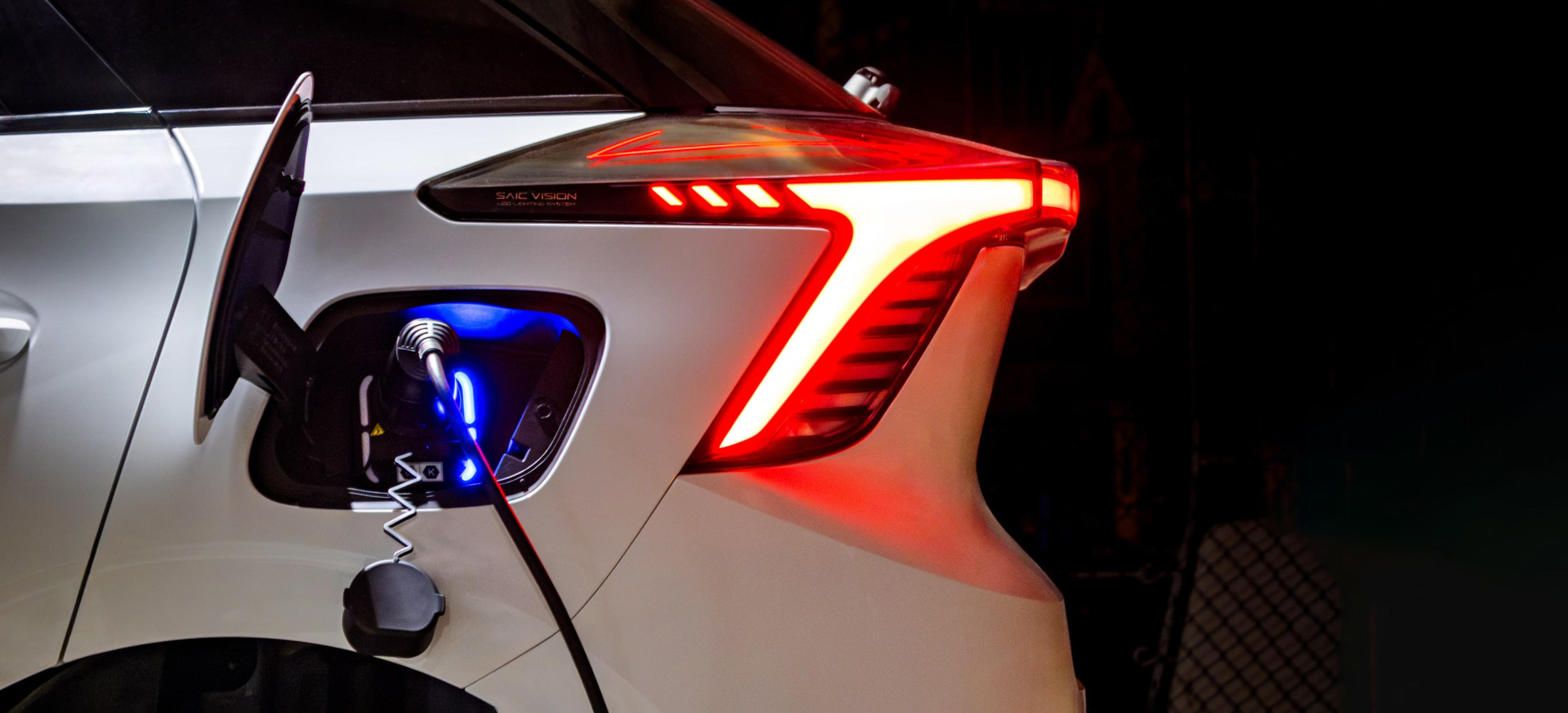
The ABCs of Electric and Hybrid Vehicles: Types and Differences Explained
Posted in Buyer Advice
The ABCs of Electric and Hybrid Vehicles: Types and Differences Explained
It's easy to feel bombarded by all the automotive acronyms and seemingly pointless marketing lingo for basic car technology, especially in today's fast-changing landscape of electric and hybrid vehicles.
Understanding the terms for different types of powertrain technology can help you make a better-informed choice for your next car purchase. Each type offers unique advantages and thrive in particular environments - however, they also come with specific challenges.
In this blog, we'll delve into the distinctions between these vehicle types, helping you navigate the world of EVs and understand how they compare to traditional internal combustion engine vehicles (ICEVs).
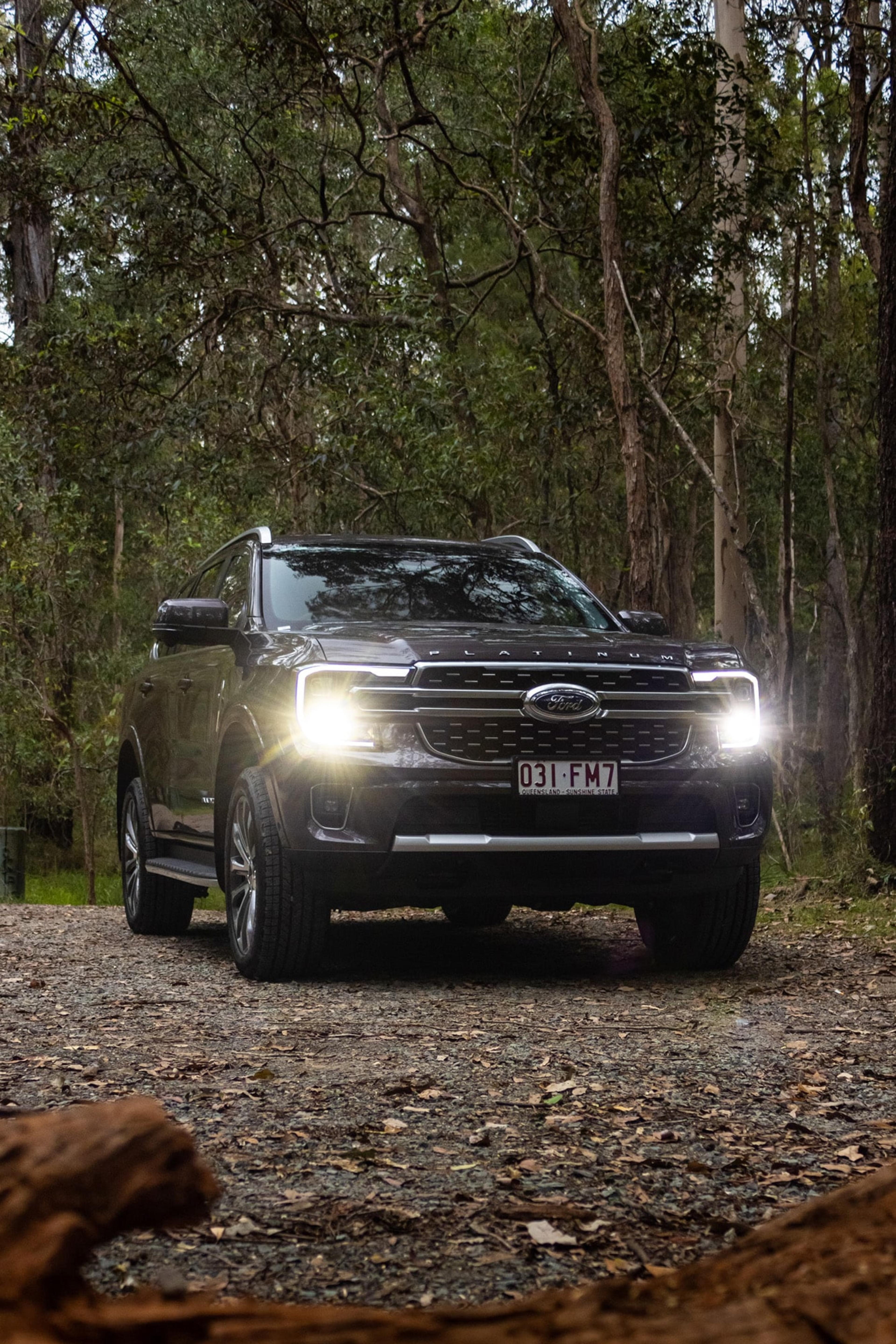
Internal Combustion Engine Vehicle (ICEV)
Starting with trusty internal combustion engine vehicles (ICEVs) - these are your conventional vehicles powered solely by an internal combustion engine that burns petrol or diesel fuel. They do not have any electric motors or battery packs and rely entirely on the internal combustion engine for propulsion.
ICEVs have been the dominant type of vehicle for over a century and are widely available with existing infrastructure embedded into our daily lives. On the flipside, ICEVs produce greenhouse gas emissions and are generally less fuel-efficient than EVs.
You'll find ICEVs available across all Motorama brands.
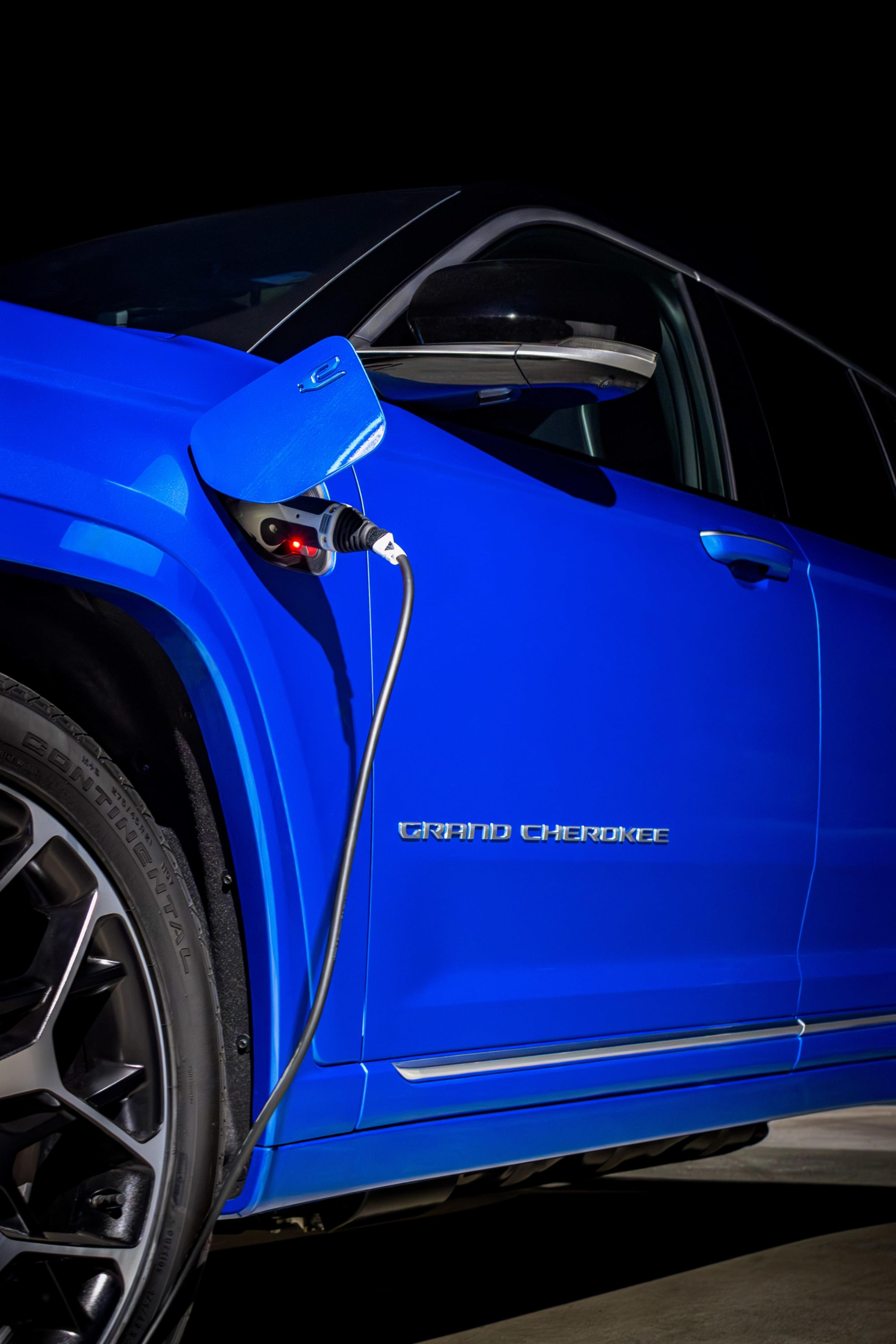
Electric Vehicle (EV)
An electric vehicle (EV) is a broad classification for any vehicle that uses electric motors for propulsion, either partially or fully. EVs derive all or part of their power from electricity supplied by batteries (or fuel cells).
EVs can be broken down into different types, including:
- Battery Electric Vehicle (BEV)
- Hybrid Electric Vehicle (HEV)
- Plug-in Hybrid Electric Vehicle (PHEV)
- Mild Hybrid Electric Vehicle (MHEV)
- Fuel Cell Electric Vehicle (FCEV)
EVs offer reduced greenhouse gas emissions, lower operating costs, and improved energy efficiency compared to ICEVs. However, they currently have higher upfront costs and limited driving range.
Home charging is preferred by EV owners, but significant development and investment are needed to enhance public charging infrastructure in Australia.
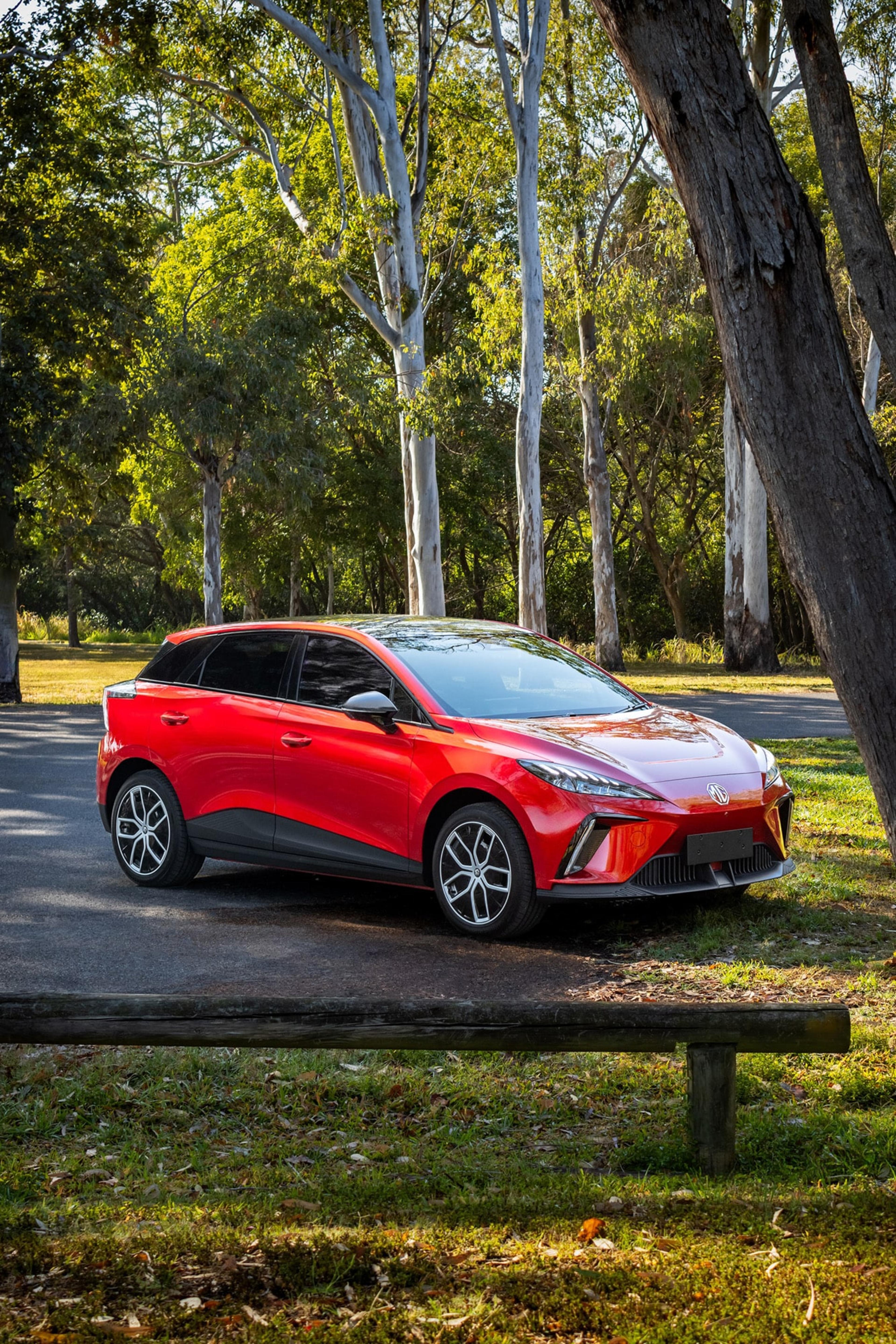
Battery Electric Vehicle (BEV)
Battery electric vehicles (BEVs) are fully powered by rechargeable battery packs and electric motors. They have no internal combustion engine therefore they produce zero direct emissions while recharging their batteries occurs via plugging into an external power source.
BEVs typically have a limited driving range, usually somewhere between 250-500 kilometres on a single charge, depending on the battery size and vehicle efficiency, however, driving range figures are rapidly increasing as the investment and development in battery technology continues to grow.
BEVs are well-suited for urban and suburban driving but may face challenges for long-distance travel due to the need for frequent recharging with underdeveloped infrastructure.
Our brands that offer BEVs: Ford, Kia, MG, Nissan, and Toyota.
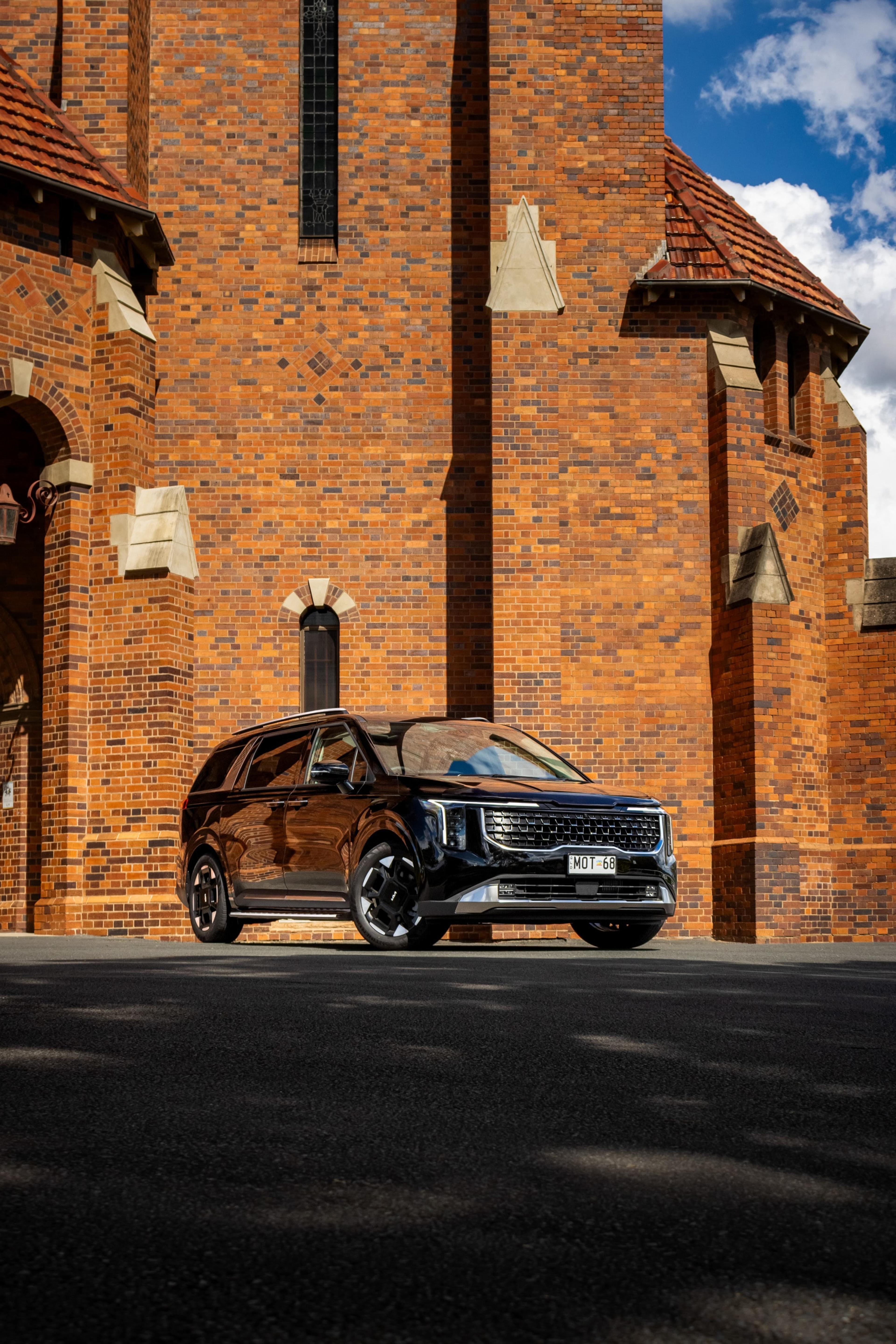
Hybrid Electric Vehicle (HEV)
Hybrid electric vehicles (HEVs) combine a petrol or diesel internal combustion engine with an electric motor and battery pack.
HEVs cannot be plugged into an external power source to recharge the battery. Instead, they rely on the internal combustion engine and regenerative braking to maintain the battery's charge.
The overall premise of a hybrid system is essentially to "close the loop" to utilise as much of the potential energy stored in the fuel as possible.
HEVs offer improved fuel efficiency compared to conventional ICEVs but still produce emissions from their internal combustion engines. They are designed to optimize the use of the electric motor for low-speed driving and the internal combustion engine for highway driving.
After several decades in production, HEV prices have dropped so, while still asking for a premium in contrast to conventional ICEVs, current HEVs are priced quite competitively.
Our brands that offer HEVs: Ford, Kia, Nissan, and Toyota.

Nissan e-POWER
Nissan has developed a unique hybrid system called e-POWER where the internal combustion engine acts solely as a generator to charge a battery pack.
Currently available on select grades of the Nissan Qashqai and Nissan X-Trail, the wheels of an e-POWER model are driven entirely by an electric motor powered by this battery.
Unlike conventional hybrids, the ICE never directly powers the wheels. Its only purpose is to generate electricity to keep the battery charged while driving.
The unique benefit here is the EV-like driving experience with instant torque and smooth acceleration from the electric motor, combined with the flexibility and range of an ICE acting as a range extender.
The system can intelligently control when the engine operates to maximize efficiency and minimize noise, providing an electric driving experience without requiring plug-in charging.
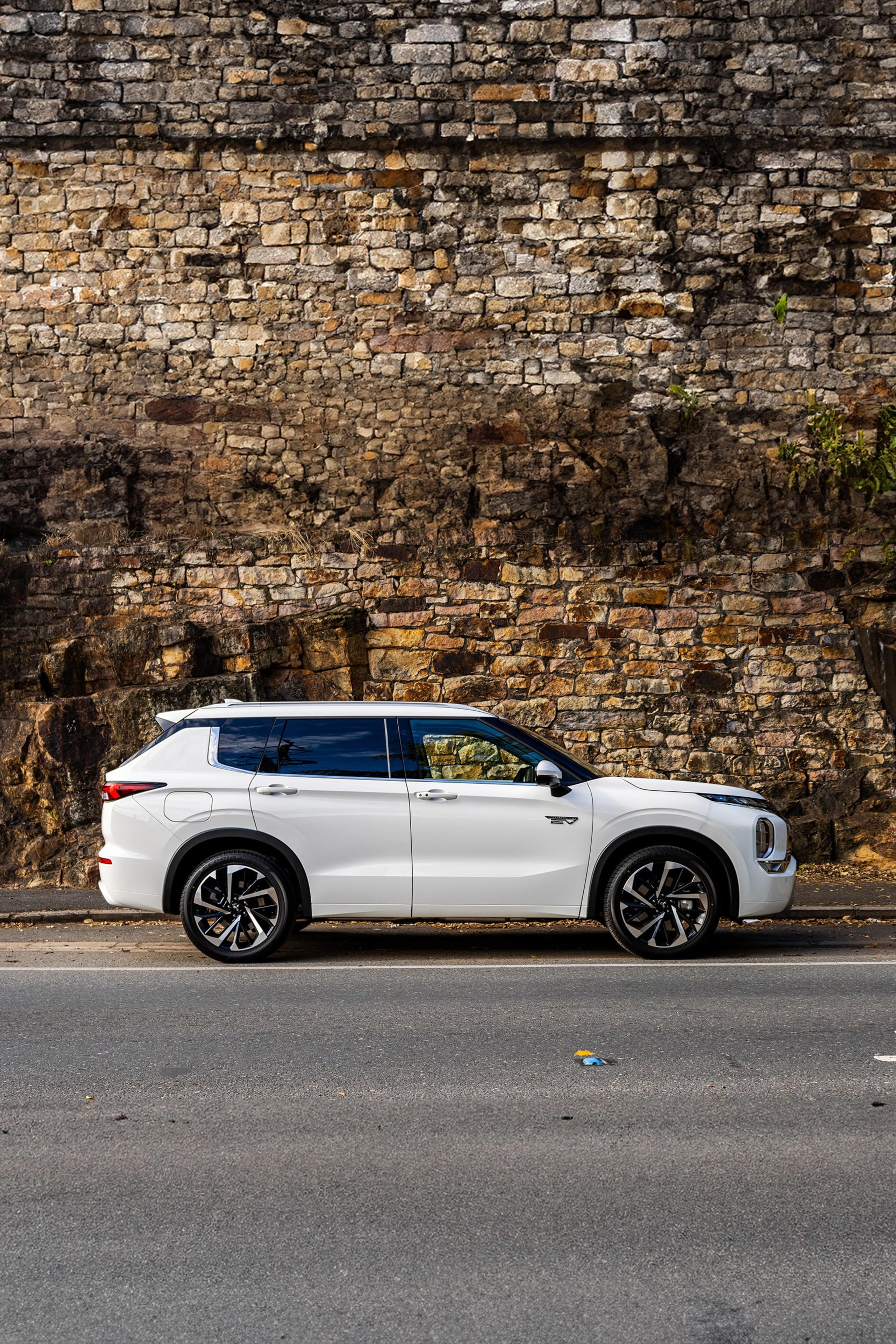
Plug-in Hybrid Electric Vehicle (PHEV)
Plug-in hybrid electric vehicles (PHEVs) combine features of both BEVs and HEVs. They have a larger battery pack that can be recharged by plugging into an external power source, as well as an internal combustion engine and regenerative braking system.
PHEVs can operate in all-electric mode for short distances (typically 30-80 kilometres) while, for longer trips, the internal combustion engine can be utilised. This allows PHEVs to achieve higher fuel efficiency and lower emissions compared to conventional HEVs, especially for urban driving.
PHEVs are an ideal choice for Australians living in the densely populated capital cities. The distance of an Australian's daily round-trip commute (which, on average, is less than fifty kilometres) can be driven on pure battery power. On the flipside, range anxiety is non-existent with the ICE able to handle the vast distances that can be covered during weekend trips and holidays.
Our brands that offer PHEVs: Ford, Jeep, MG, and Mitsubishi.
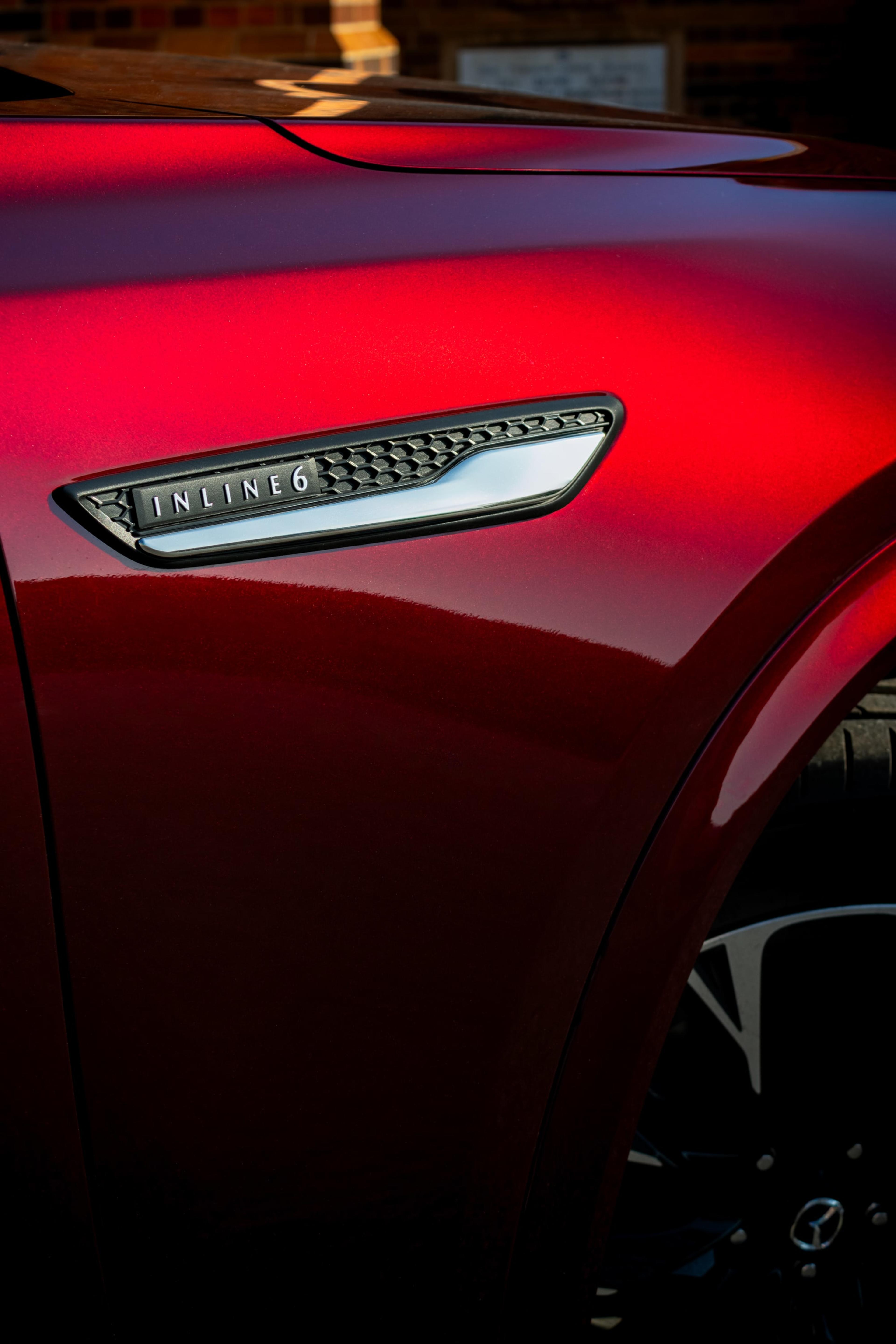
Mild Hybrid Electric Vehicle (MHEV)
A Mild Hybrid Electric Vehicle (MHEV) utilizes a small electric motor and a 48V battery system to assist the internal combustion engine, distinguishing it from full hybrids or plug-in hybrids that can operate on electric power alone.
Mild hybrid technology offers the manufacturer a cost-effective way to enhance fuel efficiency and lower emissions without complex systems meaning that they can pass those savings onto consumers.
For the buyer, this means that MHEV prices are more palatable than the premium associated with HEVs or BEVs, sitting closer in price to traditional ICEVs.
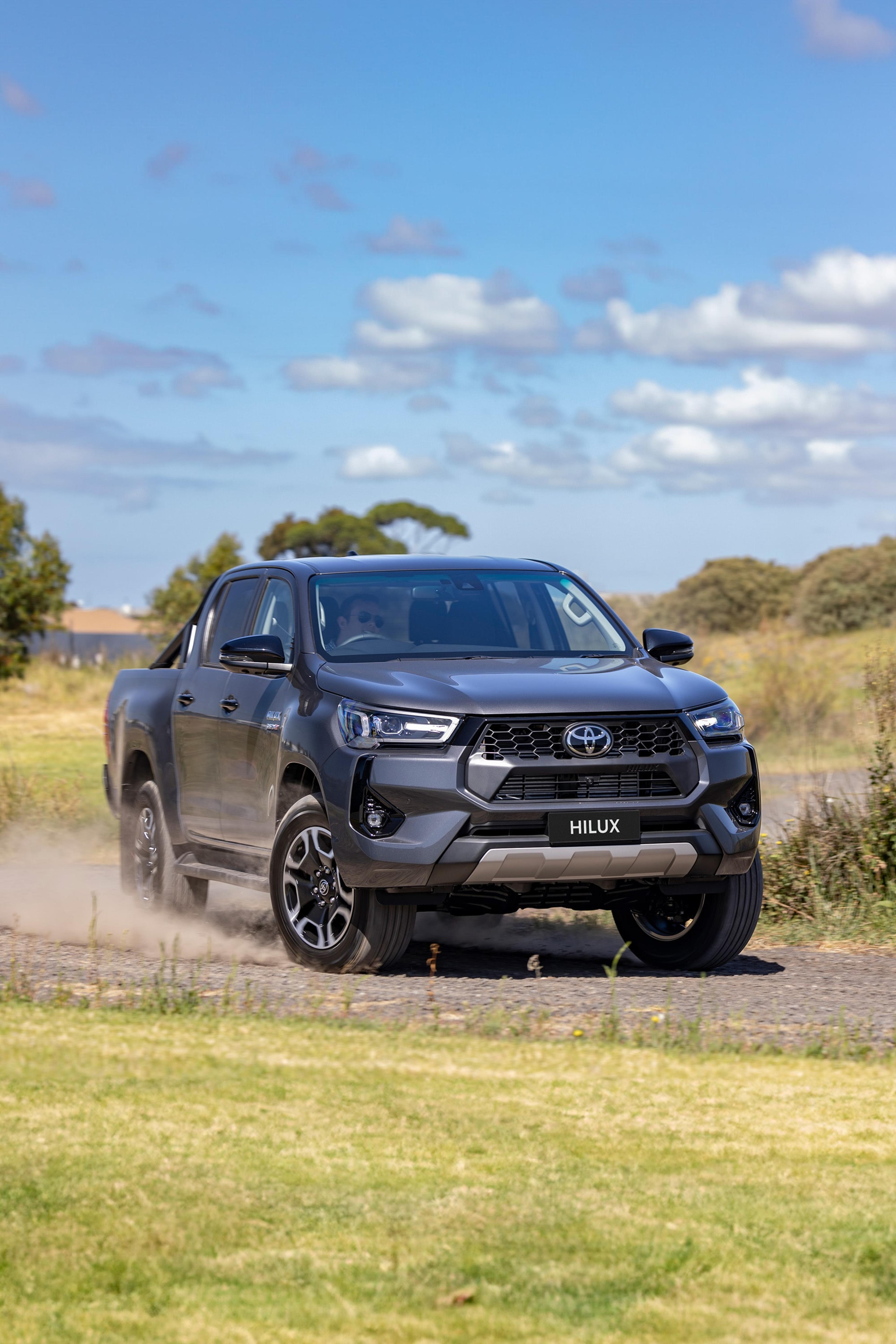
Toyota V-Active Technology
Toyota's 48V technology, also known as V-Active technology, is a mild hybrid system designed to enhance fuel efficiency and driving performance - however, Toyota prefers not to use the term "mild hybrid".
V-Active enhances fuel efficiency and driving performance by integrating a motor generator that assists the internal combustion engine, providing additional torque during acceleration for smoother and more efficient performance.
The system also features start-stop functionality where the engine shuts off and restarts quickly to reduce fuel consumption and emissions.
The 48V motor generator enables quieter and quicker engine restarts compared to conventional starters.
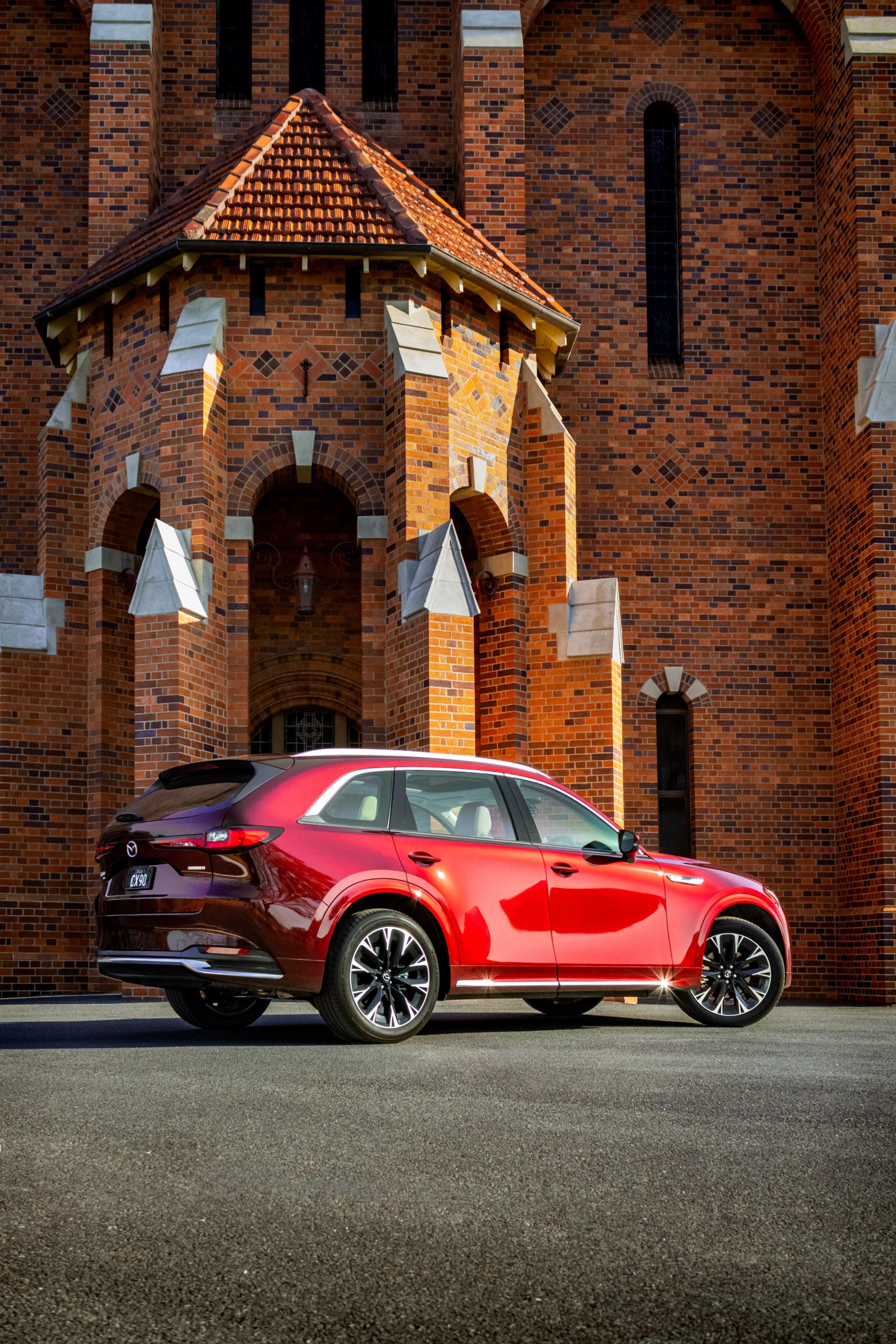
Mazda M Hybrid Boost
Similarly, Mazda's M Hybrid Boost technology employs a 48V mild-hybrid system to enhance fuel efficiency and driving performance. The system comprises a 48V battery, an integrated starter-generator (ISG), and a DC/DC converter.
The ISG aids the engine during acceleration by providing additional torque, improving responsiveness and reducing the load on the engine. It also captures kinetic energy during deceleration to store in the 48V battery, which powers the vehicle's electrical systems and assists the engine.
Like Toyota, M Hybrid Boost features start-stop functionality enabled by the ISG ensuring a smooth and quick engine restart after idling for reduced emissions.
Available in models like the Mazda CX-60 and CX-90, Mazda's M Hybrid Boost technology supports both petrol and diesel engines, offering a balanced blend of performance and environmental benefits.

Fuel Cell Electric Vehicle (FCEV)
Currently being led by Toyota and its hydrogen-powered Mirai model, fuel cell electric vehicles (FCEVs) are an innovative type of EV that uses a fuel cell to generate electricity for an electric motor.
FCEVs have no internal combustion engine and produce zero direct emissions. The Mirai's fuel cell combines hydrogen from a tank with oxygen from the air to generate electricity and only emits water vapour.
In contrast to other EVs, FCEVs benefit from quicker refuelling times (similar to ICE vehicles) and longer driving range distances. On the flip side, the production and distribution of hydrogen fuel can be energy-intensive and costly and the specialized hydrogen fuelling infrastructure required is severely limited.
With further development, the transition of fossil fuel infrastructure to a framework that supports hydrogen could potentially be a more viable option than a transition to EV infrastructure, however, there are many more questions to answer before this can be made certain.
Our brands that offer FCEVs: Toyota
For the buyer, the key differences between EV types lie in their energy sources, degree of electrification, and emissions profiles.
BEVs and FCEVs are fully electric and produce zero direct emissions, while HEVs, PHEVs, and ICEVs rely partially or fully on internal combustion engines and produce greenhouse gas emissions.



